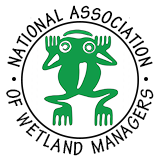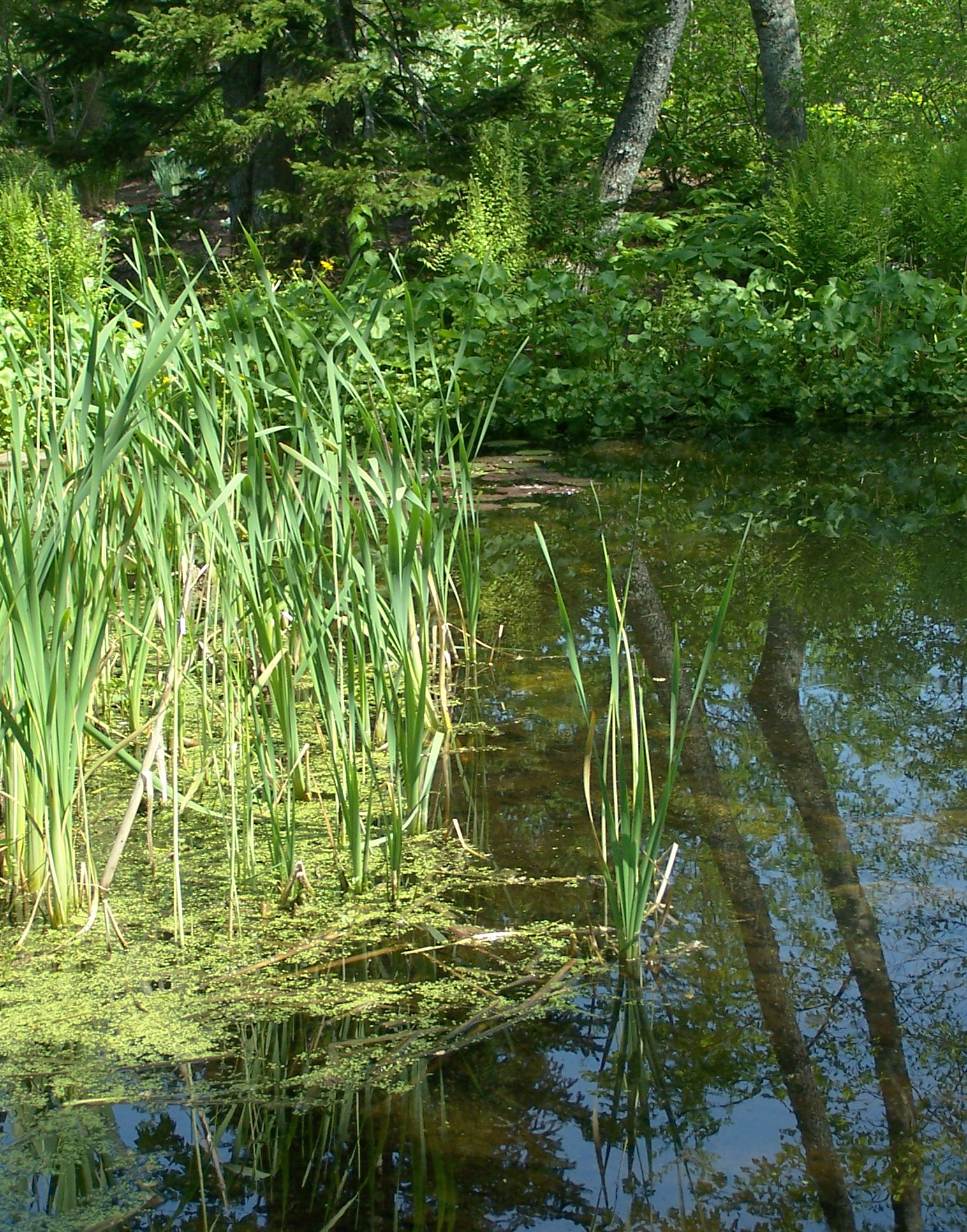Publications
 The Association conducts research and publishes reports, guidebooks, news articles, brochures, white papers, and summaries of findings of symposia and workshops. These are available electronically to all interested individuals and organizations.
The Association conducts research and publishes reports, guidebooks, news articles, brochures, white papers, and summaries of findings of symposia and workshops. These are available electronically to all interested individuals and organizations.
 The Association conducts research and publishes reports, guidebooks, news articles, brochures, white papers, and summaries of findings of symposia and workshops. These are available electronically to all interested individuals and organizations.
The Association conducts research and publishes reports, guidebooks, news articles, brochures, white papers, and summaries of findings of symposia and workshops. These are available electronically to all interested individuals and organizations.
Wetland News (Members' Only)
 Weekly News of Interest
Weekly News of Interest
Listed below are links to news articles that may be of interest to the wetland community. Readers are encouraged to send links to recent articles, publications, and other resources pertaining to wetlands in their local area to Portia Osborne, Executive Director at news@nawm.org and reference “In the News” in the subject.
- EPA proposed rule could risk polluting 80% of U.S. wetlands. Tribes are worried
-
New Mexico waters insulated from federal changes to Clean Water Act coverage
- After Sackett, a Wisconsin-Sized Wetland Area Is Vulnerable
-
New Jersey is investing $11 million to restore salt marshes, including Scotch Bonnet Island
- Wetlands lost protections in Tennessee. Citizens can help keep developers accountable
August 6, 2025 –
NAWM Comments on EPA Request for Input on Clean Water Act Section 401
NAWM submitted comments in response to the U.S. Environmental Protection Agency (EPA) request for input on regulatory uncertainty or implementation challenges associated with the Clean Water Act (CWA) section 401 certification process as defined in the 2023 Water Quality Certification Improvement Rule. NAWM believes that CWA section 401 has worked well for over 50 years and has found no evidence to support claims that the certification process is broken. NAWM does believe EPA needs to revise the certification regulations from 2023. Read letter here.

